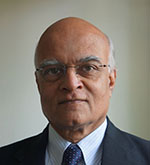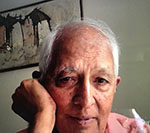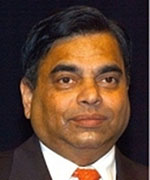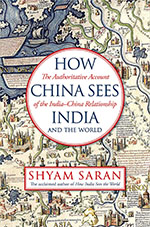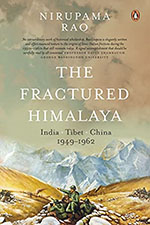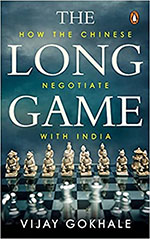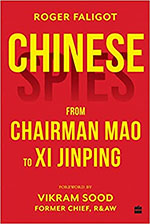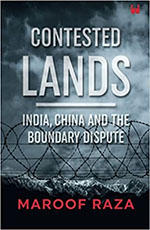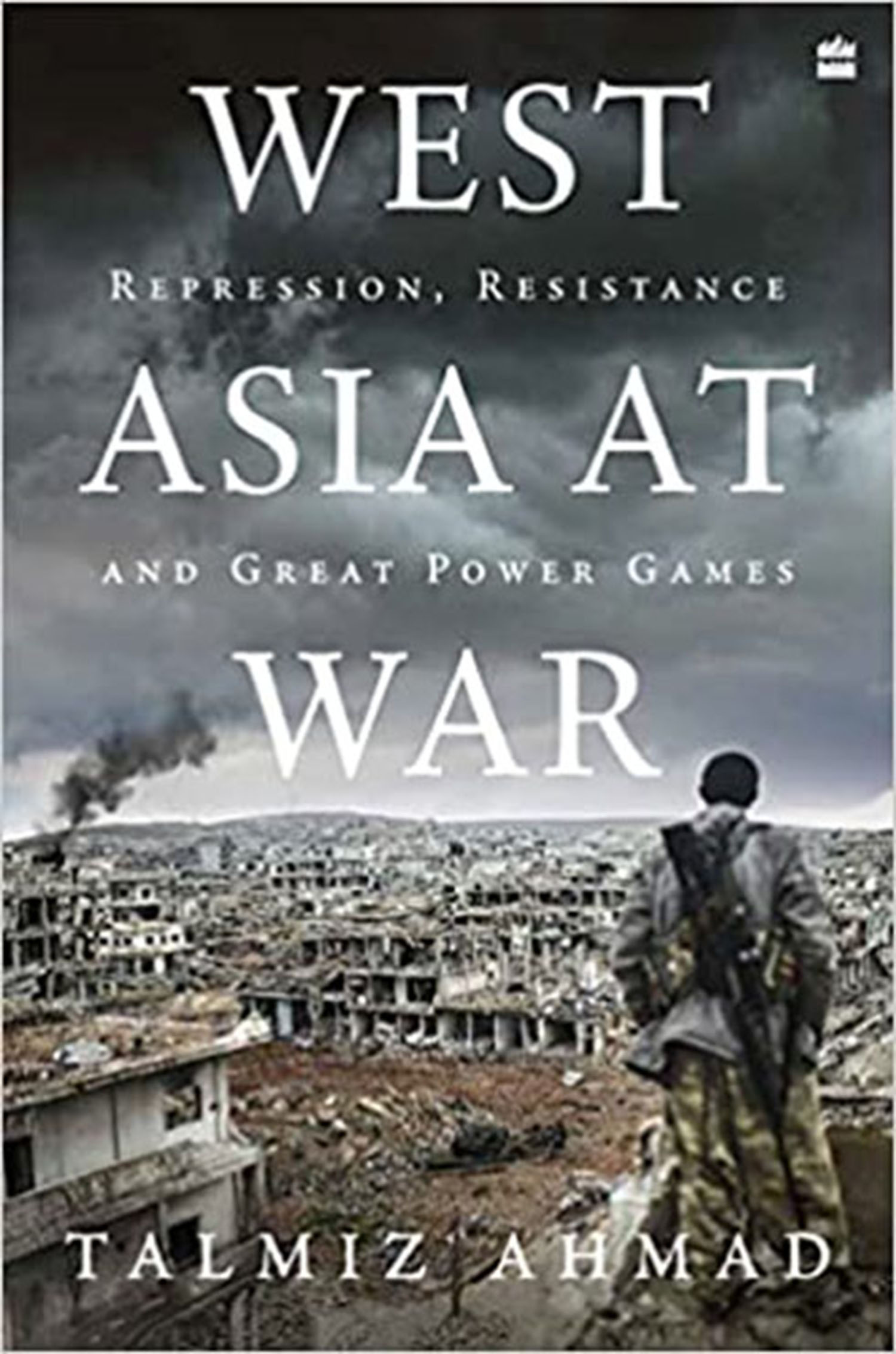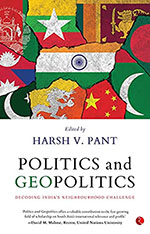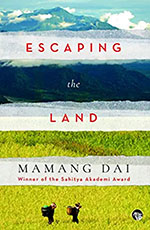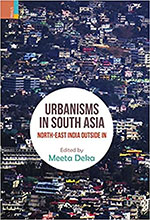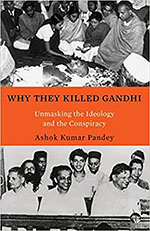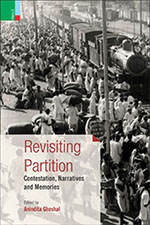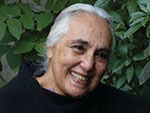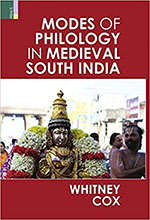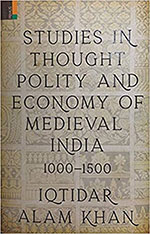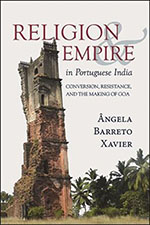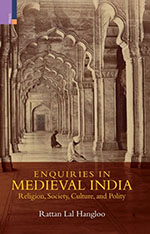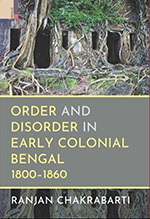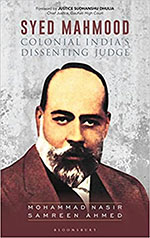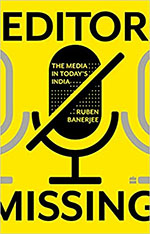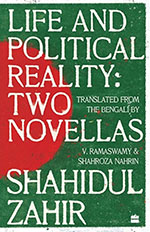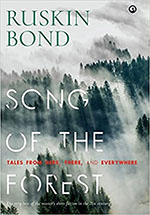To a generation born around 1947, Independence Day was a beacon of hope, sparkling with excitement at the idea of building a modern nation-state, freed from the shackles of colonialism. The stalwarts of the National Movement had spent long years in prisons and had had the opportunity to reflect and hone clear-cut ideas about how the newly-independent India that is Bharat was to be shaped. Traumatized by the blows dealt by Partition, they were determined to build a secular, democratic Republic, governed by a Constitution which would ensure freedom, equality, justice and dignity for all; to hit at the roots of casteism, communalism, fissiparous tendencies and other divisive forces within the body politic. And so it began: on the midnight of August 14, 1947, ‘India awoke to life and freedom
Editorial


